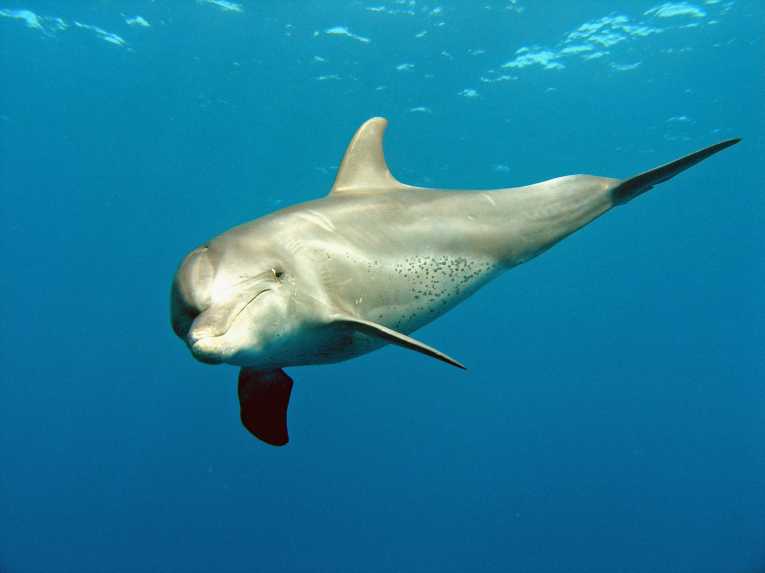An unusual increase in the mortality rate among dolphins on the Alabama and Mississippi coasts is being reported this week. At least 24 dolphins have died since the beginning of the year, the majority of which have been infant dolphins, either aborted or stillborn during the calving season.
Marine scientists investigating believe that the deaths are linked to the BP drilling platform disaster of last year in which 11 people died, along with countless wildlife. Dolphin deaths in the area are now around ten times greater than what would normally be expected at this time of year.
Moby Solangi, Director of the Institute of Marine Mammal Studies, commenting on the deaths said, "For some reason they have started aborting, or they were dead before they were born. The average is one or two a month. This year we’ve had 17."
With the calving season still to peak, Moby expects further deaths over the coming weeks.
Dolphins aren't the only species to suffer. In Texas, official sources have reported 156 sea turtle deaths, again, a far higher number than is usual at this time of year. Loggerheads, Leatherbacks and Kemp's Ridley are all affected. This is particularly resonant as the Kemp's Ridley was almost wiped out in the 80s by a similar oil spill.
The Kemp's Ridley does much of its foraging along the Louisiana to Florida coast, directly in the path of the oil spill and will spend its entire life cycle in the gulf. To date, necropsies carried out on dead turtles have not revealed signs of oil, but it is thought, as with the dolphins, that the increased death rate must be related in some way.
At the American Association for the Advancement of Science annual conference in Washington last week, Samantha Joye of the University of Georgia reported that the oil from the spillage has not broken down as quickly as BP expected, with large pools remaining on the sea floor. She said that bottom feeders such as starfish, crabs and tubeworms are still dying. The suggestion is that this is could be affecting the wider ecosystem in the Gulf of Mexico.
Meanwhile, BP is saying that the area will be clear by 2012. A statement that Joye does not agree with: "I've been to the bottom. I've seen what it looks like. It is not going to be fine by 2012."










